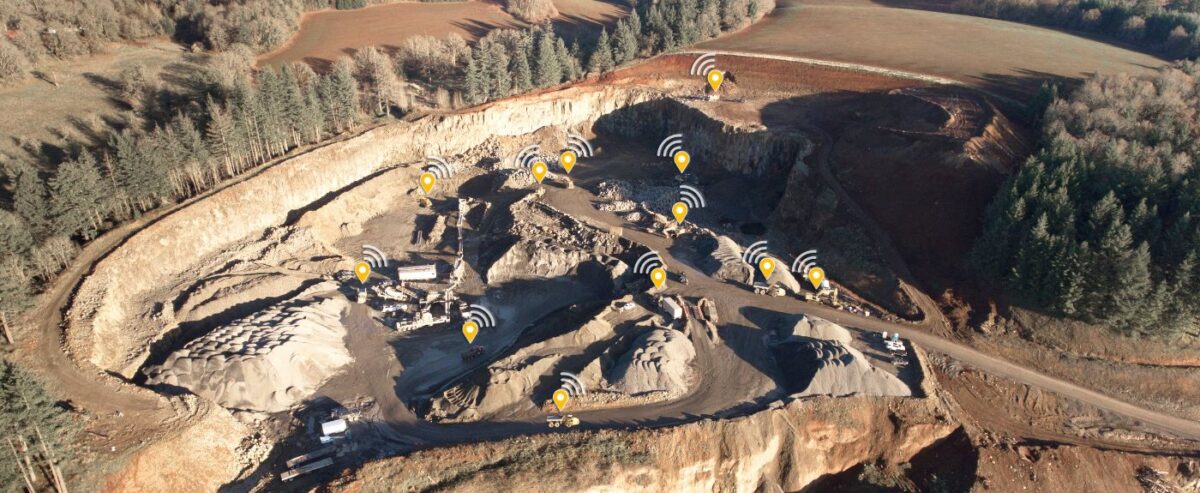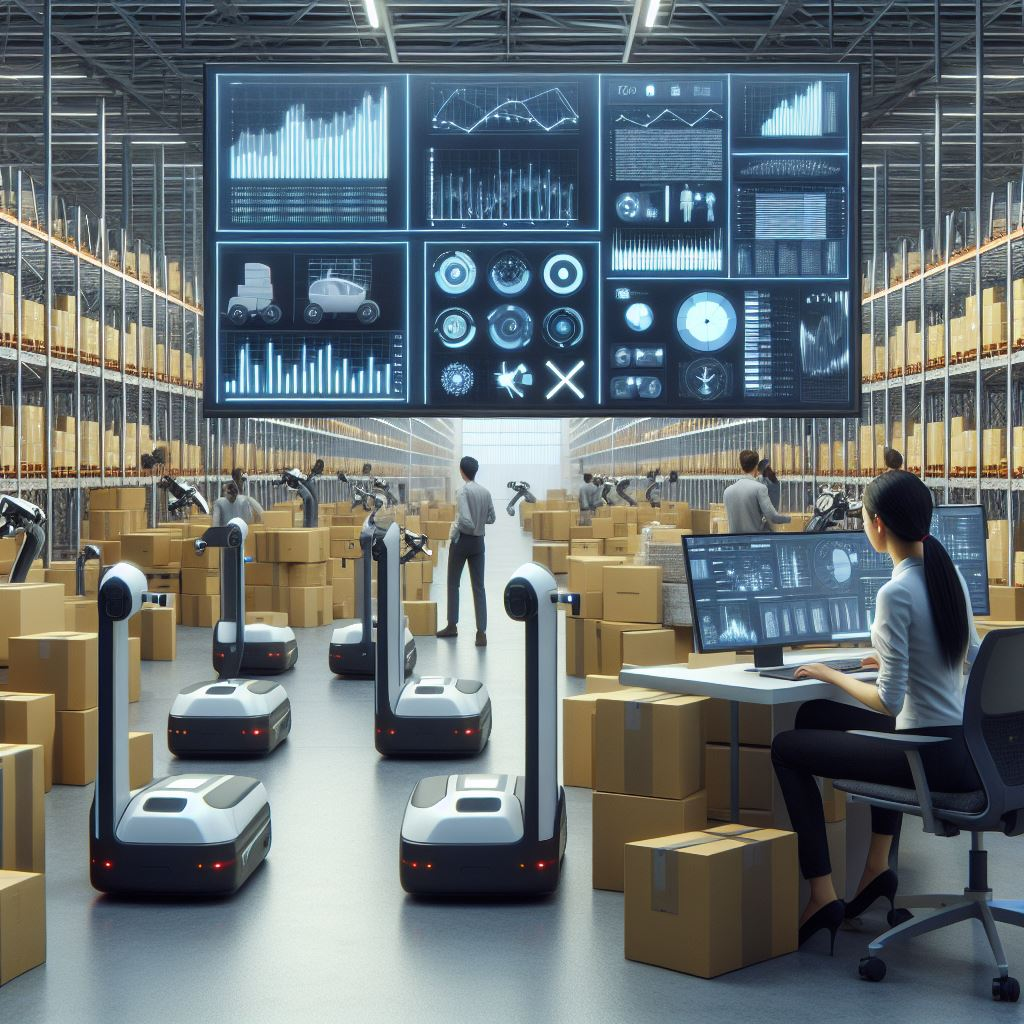In the ever-evolving corporate landscape, the culture of an organization and the productivity of its workforce are vital for achieving success. Artificial Intelligence (AI) solutions are increasingly central to this transformation, offering an advanced methodology for monitoring, evaluating, and enhancing both corporate culture and workforce productivity.
The Significance of Organizational Culture
Company culture serves as the bedrock of any professional environment. It is a tapestry of norms, beliefs, and behaviors that dictate collaboration and employee engagement. A constructive culture is conducive to innovation, employee loyalty, and talent attraction, whereas a negative one may precipitate disengagement and high turnover rates.
AI’s Contribution to Monitoring Company Culture
AI technology can dramatically altered how companies gauge and bolster their culture. These systems provide real-time analysis of the workplace, evaluating employee perceptions and assessing how well corporate objectives are aligned with company values. By continuously monitoring the work environment, AI platforms can generate crucial data points on the dynamics and behaviors that define company culture, enabling businesses to target specific areas for improvement. For example, AI can scrutinize feedback to uncover communication challenges or leadership discrepancies that may adversely affect collaboration or morale.
Decoding Cultural Catalysts
AI platforms can assist in identifying the cultural drivers that shape the workplace environment, such as management style, team synergy, and workplace flexibility. By discerning these factors, companies obtain insights into what makes their culture unique and where adjustments are essential. For instance, if a particular leadership approach is found to significantly influence employee satisfaction and output, AI can provide data-backed recommendations for optimization.
The Interplay of Psychological Productivity
Intangible elements like motivation and stress also significantly impact worker productivity. There are AI platforms that are adept at assessing these psychological dimensions to offer a holistic view of performance determinants. By tracking stress levels and motivational patterns, such solutions can identify areas for improvement and suggest interventions to optimize productivity.
Predictive Analytics and Customized Insights
AI-powered analytics equip organizations with the capability to make data-informed decisions to bolster company culture and workforce efficiency. Through the processing of voluminous employee data, these tools yield predictive insights and tailored solutions. For instance, AI can scrutinize feedback patterns to anticipate emergent concerns before they become pervasive, empowering proactive measures such as targeted training or workplace initiatives to boost morale.
Sustaining an Open Feedback Loop
An indispensable feature of such AI platforms is the perpetual feedback mechanism they establish. This ensures that employee sentiments are regularly monitored rather than merely assessed during sporadic surveys. This responsiveness allows companies to adapt swiftly to fluctuating employee satisfaction and engagement levels. Tools such as pulse surveys provide real-time insights into employee contentment and facilitate timely interventions for improvement.
Fostering Trust with Anonymity
Anonymity is paramount in the feedback process to ensure candid employee responses. AI platforms are available that prioritize confidentiality through demographic segmentation and anonymized data collection. This fosters a culture of trust and openness within the company, enabling a more comprehensive appraisal of the workplace climate.
AI-Driven Data Collection and Unbiased Insights
AI-managed bots can contribute significantly to the data collection process by engaging with employees in a conversational and non-threatening manner. This approach elicits more detailed and authentic feedback, as employees feel less inhibited. By employing open-ended questions and neutral prompts, these bots secure unprejudiced insights that contribute to a more precise understanding of the workplace.
Human Risk Dashboard for Real-Time Awareness
Another critical component of such AI platforms is the Human Risk Dashboard. This feature integrates with existing IT systems to provide real-time intelligence on employee-related risks, such as high turnover rates or waning satisfaction. It equips management with actionable data to address these concerns before they become entrenched issues.
Personalized Behavioral Nudges for Cultural Reinforcement
There are solutions available that can also deploy customized nudges to reinforce company values and encourage desired behaviors. These interventions are designed to be subtle yet effective, using microlearning strategies to promote positive conduct. For instance, employees might receive prompts to engage in regular breaks or advice on enhancing team communication.
Corporate Benefits of AI Integration
For businesses, the adoption of such AI platforms yields a multitude of advantages. By gaining deeper insights into company culture and employee well-being, organizations can make strategic decisions that align with their corporate objectives. AI facilitates the creation of a more harmonious and productive workplace, which in turn can boost employee retention and overall company performance. Regular cultural assessments ensure that businesses evolve in tandem with their workforce’s needs.
In conclusion embracing AI-driven solutions can perpetually refine company culture and enhance workplace efficiency. By leveraging data-informed strategies, personalized interventions, and anonymized feedback, companies can create an environment that is not only conducive to innovation and growth but also one that resonates with the values of its employees, ultimately driving long-term success.










